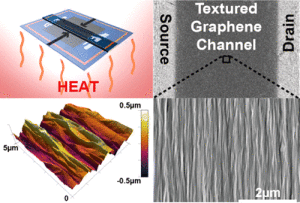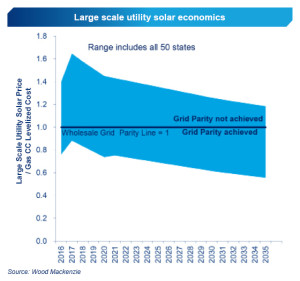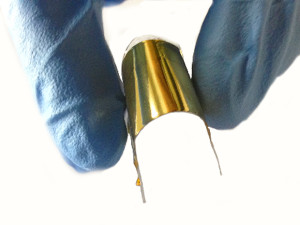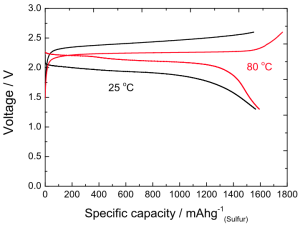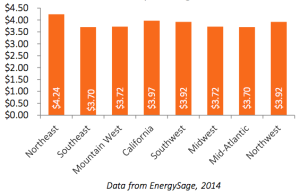 If you haven’t embraced solar energy yet, it may be about time to do so. After all, it is cheaper than grid energy in 42 of the 50 largest cities in the United States.
If you haven’t embraced solar energy yet, it may be about time to do so. After all, it is cheaper than grid energy in 42 of the 50 largest cities in the United States.
According to the study “Going Solar in America: Ranking Solar’s Value in America’s Largest Cities,” a fully financed solar system costs less than residential grid energy purchased in over 80 percent of the largest U.S. cities. Additionally, 9.1 million single-family homeowners live in a place where their utility bill outpaces what solar would cost.
The falling cost of solar panels and solar fuel cells is largely driven by, in part, research into new materials and developments in the sciences. Check out a few interesting reads on solar energy from the ECS Digital Library:


